When you imagine what it’s like to go to space, some people may draw conclusions from what is shown in the movies.
Iconic 10-second countdown to lift, eat from a tube or hover effortlessly to move around.
Students from outback Western Australia recently shared their fascination with space and learned what it would be like to leave Earth from the country’s first and only female astronaut, Catherine Bennell-Peg.

Mulva District High School students visited the SKA space observatory and met astronaut Catherine Bennell-Peg. (ABC Midwest & Wheatbelt: Piper Duffy)
Students learn that the sky is the limit
In August, students from Mulva District High School boarded a bus and began a three-hour journey to Inyarrimanha Ilgari Bundara, CSIRO’s Murchison Radio-Astronomy Observatory.
The telescopes and antennas are located in the rugged outback along the red soil and among native bush at Boulardy Station, about 700 kilometers northeast of Perth, as part of the 100-square-kilometer array telescope, known as SKA-Low.
The traditional name given to the observatory from Wajarri Yamaji means sharing the sky and stars in Wajari language.
Students spent the day learning how to gather information from space and learning about astronaut training.
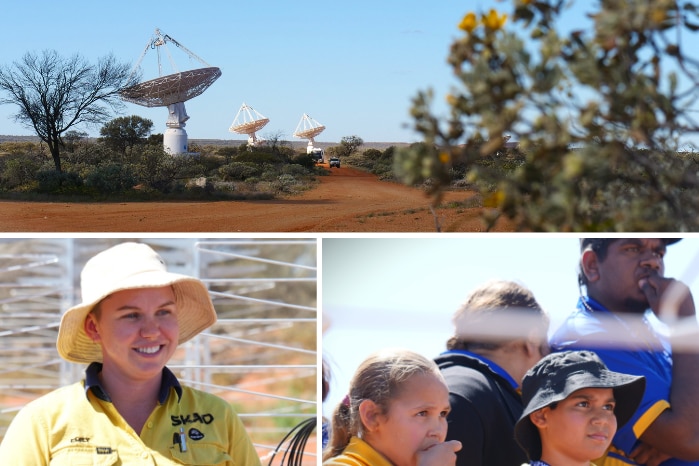
Students could ask scientists their burning questions about space. (ABC Midwest & Wheatbelt: Piper Duffy)
In 2023, after decades of study, Ms. Bennell-Peg completed basic astronaut training at the European Astronaut Center in Germany.
After graduating this year, she became Australia’s first female astronaut and the first to train under the Australian flag.
Mrs Bennell-Peg said she had always been interested in life off the land.
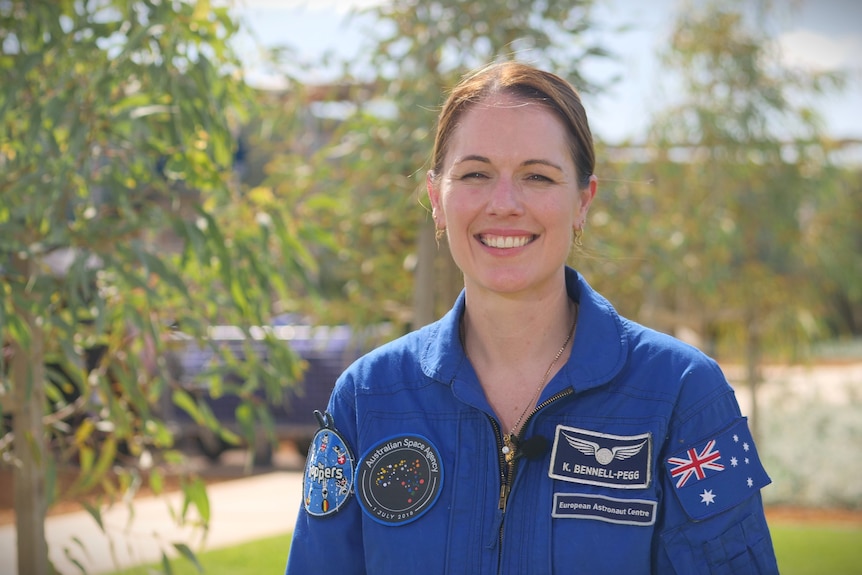
Catherine Bennell-Pegg is the first and only Australian female astronaut. (ABC Midwest & Wheatbelt: Piper Duffy)
“When I was in high school, I was absolutely in love with space and especially astronomy,” he said.
“I did my 10-year work experience at Dish at Parkes, the same year Dish came out.”
Recalling her childhood curiosity and fascination with space, Mrs Bennell-Pegg said it was very special to see the students from their time at the observatory.
“To visit the telescope at their age, I felt like I shared that with them,” she said.
And I hope it inspires them to be among all the scientists, technicians and engineers, just like I was when I was a kid.”
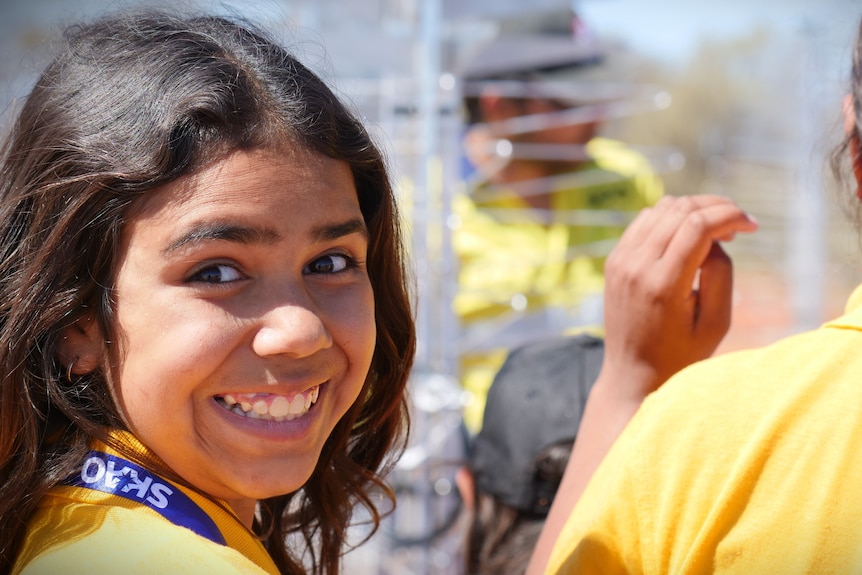
The students spent the day exploring the wide observatory site. (ABC Midwest & Wheatbelt: Piper Duffy)
Dream big and get yourself back.
Eleven-year-old Kamisha Clinch said she couldn’t wait to tell her Nana about the trip.
“I tell him we saw an astronaut and I tell him I had a great day and we learned about science,” she said.
“And I learned that when you’re in space your hair goes crazy because you’re floating.
“[In space it would be cool] To see planets and stars and aliens maybe.”
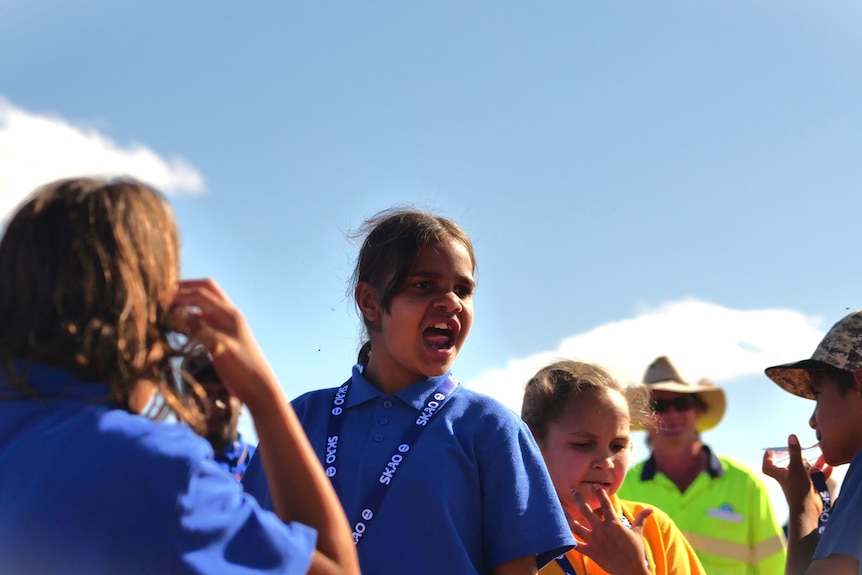
Cameesha Clinch (center) enjoys being in the classroom instead of being in the classroom. (ABC Midwest & Wheatbelt: Piper Duffy)
Sixth-year student Ronald Ogle said it was a “big surprise” to meet an astronaut.
“[Katherine] He told us about all his training and taught us how [astronauts] Eat and drink,” he said.
When he thought about what it would be like to go into space, he said it would be “scary,” but he knew astronauts were good at “being calm.”
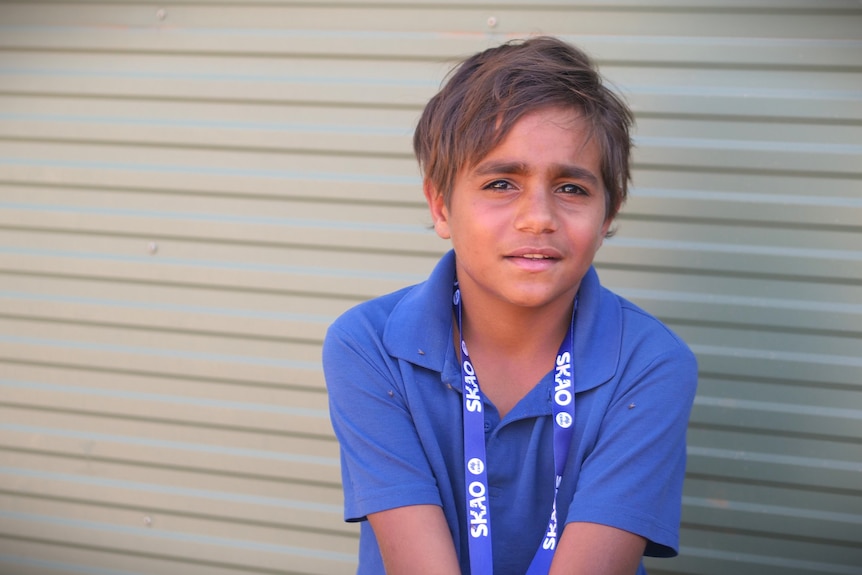
Ronald Ogle says that if he was in space, he would be excited to see aliens. (ABC Midwest & Wheatbelt: Piper Duffy)
Ms Bennell-Peg wanted to make sure that the students’ main focus from that day was that there was no career out of this world.
“For students who want to go into STEM or space, like many I met today, I encourage them to really dream big and follow their dreams,” she said.
“Working in STEM means you’re on the front lines of helping to solve some of the world’s biggest challenges, so they need to support themselves.
As Australians we know how to support ourselves in sport, but we need to learn to support our STEM ambitions too.
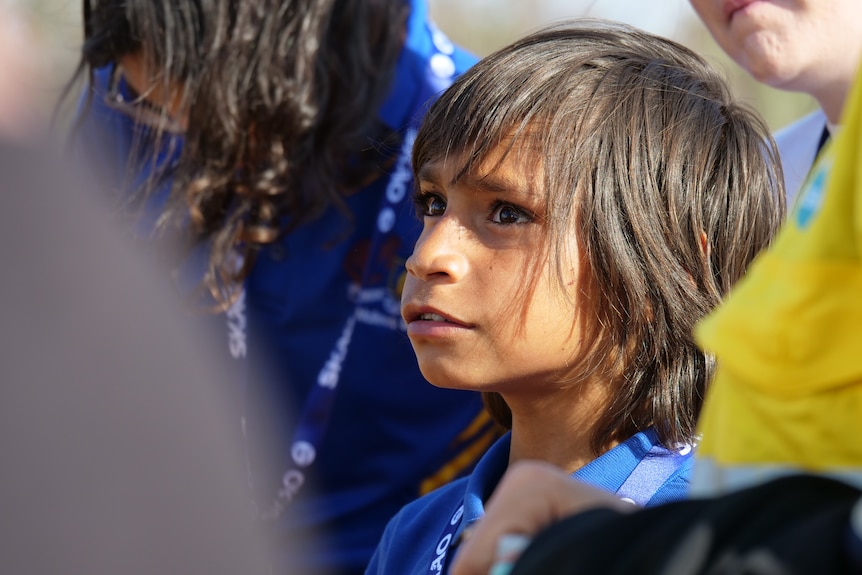
A student listens to Catherine Bennell-Pegge talk about space. (ABC Midwest & Wheatbelt: Piper Duffy)
#Astronaut #Australians #learn #support #STEM #ambitions